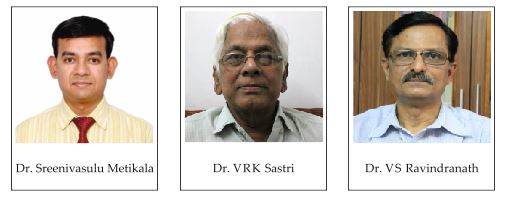[box type=”bio”] What to Learn from this Article?[/box]
Painful swelling of Achilles tendons? Diagnosis and management.
Case Report | Volume 4 | Issue 4 | JOCR Oct-Dec 2014 | Page 40-43 | Sastri VRK, Ravindranath VS, Metikala S, Kumar M. DOI: 10.13107/jocr.2250-0685.223
Authors: Sastri VRK [1], Ravindranath VS [1], Metikala S [2], Kumar M [1]
[1] Department of Orthopaedics and Traumatology, Osmania Medical College and General Hospital, Hyderabad. Andhra Pradesh – 500012, India
[2] Department of Orthopaedics, Sri Venkateswara Orthopaedic Hospital, 1/100 & 1/101, George Reddy Street, Yerramukkapalli, Kadapa, A.P., India. PIN– 516004. India.
Address of Correspondence:
Dr. Sreenivasulu Metikala, Orthopaedics, Sri Venkateswara Orthopaedic Hospital, 1/100 & 1/101, George Reddy Street, Yerramukkapalli, Kadapa, Andhra Pradesh – 516004. India. Email: orthoseenu@yahoo.com
Abstract
Introduction: Cerebrotendinous xanthomatosis is a very rare disorder of cholesterol metabolism with autosomal recessive inheritance. It can present to the out-patient clinics of orthopaedic department with painful and swollen tendoachilles on one or both sides. It is commonly mistaken for a local disorder and excision may be recommended without realizing its systemic nature.
Case Report: We find such a rare and perplexing case in a 19 year boy who presented with painful swellings of both achilles tendons causing signification limitation of walking distance. This was initially interpreted as a localized benign disorder and was offered surgical treatment. Excision of the swollen achilles tendon followed by reconstruction using peroneus brevis tendon was done, first on the more symptomatic right side. The diagnosis of cerebrotendinous xanthomatosis was made retrospectively after histopathological as well as biochemical analyses and appropriate medical therapy was initiated.
Conclusion: Cerebrotendinous xanthomatosis commonly manifests with bilateral swollen tendoachilles, which is actually a part of systemic pathology with poor prognosis. High suspicion is warranted and surgical excision should not be the primary option without the confirmation of the cause. A detailed history with clinical assessment followed by the laboratory investigations certainly leads to the correct diagnosis. The treatment is more of medical means and appropriate medication can even retard the disease progression, if initiated early in life.
Keywords: Cerebrotendinous xanthomatosis; bilateral xanthomas; tendoachilles.
| How to Cite This Article: Sastri VRK, Ravindranath VS, Metikala S, Kumar M.Bilateral Xanthomas of Tendoachilles in A Patient of Cerebrotendinous Xanthomatosis – A Rare Case Report and Review of Literature. Journal of Orthopaedic Case Reports 2014 Oct-Dec;4(4): 40-43. Available from: https://www.jocr.co.in/wp/2014/10/14/2250-0685-223-fulltext/ |
(Figure 1)|(Figure 2)|(Figure 3)|(Figure 4)|(Figure 5)|(Figure 6)
[Abstract] [Full Text HTML] [Full Text PDF] [XML]
[rate_this_page]
Dear Reader, We are very excited about New Features in JOCR. Please do let us know what you think by Clicking on the Sliding “Feedback Form” button on the <<< left of the page or sending a mail to us at editor.jocr@gmail.com





